"What kind of light is that?" is perhaps one of the most common questions I receive when people see photographs of my studio, so I've decided to dedicate this newsletter to answering that question once and for all.
Before diving into specifics, a few thoughts on my approach to lighting. Like most people, I use different lights for different purposes. Some mundane, some specialized. I have general ambient lighting for when it's dark, task lighting for my desk when writing, and then a range of professional equipment. This includes studio strobes for photography, as well as dedicated lights for my printer, print wall, and cutting table. Each serves a distinct function in my life and work. After a significant amount of trial and error I have landed on the specific lights I listed below but I don’t believe any of them are perfect, most are simply good enough. I am always on the lookout for something new and/or interesting to replace lights I currently have, the only thing that is limiting that search is my time and money. Your lighting journey might take years and I encourage you to experiment and be patient.
Anyway, this is an exhaustive yet somehow incomplete look at what I have around my studio. I hope you find it informative and useful.
I have two Lume Cube Edge Lights stationed on my desk—the one on the left in this picture is version 2.0, while the right one is version 1.0. I absolutely love these lights and highly recommend them for desk work. The evolution between versions tells an important story about design choices: version 1.0 relied on capacitive touch controls which, despite the light itself being excellent, made the user experience frustratingly imprecise.
Version 2.0 represents a significant improvement with its implementation of physical buttons, a seemingly small change that transforms the usability entirely and makes this model genuinely worth recommending. The Edge Light offers adjustable color temperature settings ranging from 2700K-7500K, which proves incredibly useful for different tasks. I can set it to warmer tones when working late to reduce eye strain, or switch to a cooler, more “daylight” balanced light when color accuracy is crucial or I just need to really “see” what I’m doing.
I use this Ailbton LED Desk Lamp to illuminate my printer and the surrounding workspace. I'm quite fond of it overall, with one significant exception: it uses capacitive touch controls. These touch-sensitive panels are arguably one of the worst interface designs ever created for physical products, particularly when they handle functions beyond simple on/off operations. The lack of tactile feedback makes adjustments frustratingly imprecise.
That complaint aside, the lamp's exceptional physical flexibility and versatile color temperature options make it nearly perfect for this location. It allows me to precisely direct light exactly where needed when working with prints, and the ability to adjust the color temperature helps when I'm evaluating color accuracy.
I'm a fan of the Govee RGBIC Floor Lamp, enough to own two of them along with the slightly more robust Floor Lamp 2. These lamps offer impressive versatility, allowing you to select virtually any color in the spectrum through their app. However, despite all those creative possibilities, I've found that day-to-day use typically defaults to the "warm white" or "soft white" settings which is somewhere in the 2500K to 3500K range.
That said, I've noticed something subtly off about the warm tones these lamps produce. To my eyes, the warmer color temperatures display what appears to be a slightly purple undertone. It's a minor quirk that most people might not notice, but as someone who pays attention to light quality, it's perceptible. This isn't a deal-breaker, especially considering the $80 price point delivers excellent overall value. Just understand that while these lamps are versatile and well-designed, they're definitely not perfect in their color rendering, at least to my eyes.
The Floor Torch by Stickbulb is easily one of my favorite lights. I have the American Walnut version with a matte black base and 3000K color temperature. This light transcends mere functionality—it's a piece of art, well-crafted and beautiful as an object. There's something about the quality of light it produces that looks and feels superior to other lights in my studio. Higher quality LEDs? Better diffusion? Probably both. At $895, it's certainly an investment, but you often get what you pay for.
In the interest of full disclosure, Stickbulb sent this to me as a gift after I photographed their Treeline light for a project a few years ago. I'd encourage you to visit their website to explore their beautiful lighting designs made from local and reclaimed wood.
I have four GVM LED Video lights around my studio for a variety of tasks. Let's address the elephant in the room first: GVM stands for "Great Video Maker," which is frankly both awful and embarrassing—I recommend some strategic black gaffer tape to cover the logo. Name aside, at $99 per light, they deliver solid performance for indoor use. I've positioned two to illuminate my print table workspace and two to light my desk during YouTube recordings.
These lights provide ample power for indoor applications, and I find their variable color temperature settings particularly useful. The newer models connect to an app which, predictably, is terrible—but the lights themselves remain reliable workhorses despite this digital shortcoming.
I illuminate my shelving unit with a Govee 32.8 ft LED light strip, which you can see creating that cool blue glow in the photo. I'm currently using one of their first-generation units, but I'm planning to upgrade to their more versatile (and WiFi-enabled) 50ft version soon. At under $20, these LED strips offer remarkable value and versatility. They're perfect for adding accent lighting to shelves, workspaces, or display areas. I think they are worth experimenting with to see how they might enhance your own space. The installation is straightforward, and the impact on both functionality and atmosphere is significant.
I keep a Sunvie 12W Table Lamp in the corner of my studio for those moments when I need subtle ambiance or want to highlight a specific artwork. Despite its small size, I'm particularly impressed with the quality of light it produces. The main drawback is its clunky control switch, and unfortunately, its particular controller isn't compatible with smart plugs—a limitation in my otherwise connected setup. I purchased this lamp a few years ago, so I suspect there are more elegant options available now. Still, it serves its purpose well when I need an accent light for a specific area.
Lastly, I have this vintage 1 HR. PHOTO neon sign that was salvaged from a closed-down photo store in Monticello, NY and was acquired for free. The sign serves purely aesthetic purposes rather than providing functional lighting, but there's something irreplaceable about the warm, distinctive glow of true neon that has become increasingly rare in our LED-dominated era. The rich red illumination adds character and a touch of photographic nostalgia to my studio space. That said, it's not without drawbacks—the ballast produces an incredibly annoying buzzing sound which can affect audio recordings, making it necessary to power it down during any sound-sensitive work.
Technical Notes
All photographs in this newsletter were taken with my camera's white balance set to "daylight" (5500K). It's important to note that most of these lights feature adjustable color temperature settings, so you can't accurately judge their true output from these images alone. I've also made specific color temperature adjustments in Capture One during post-processing to better highlight each light's characteristics.
So fair warning: what you see here isn't necessarily an accurate representation of each light's actual color output in everyday use. My studio doesn't typically glow in these dramatic hues—I've emphasized certain lighting aspects to better illustrate each product's qualities and appearance.
Smart Home Integration
The Govee lights connect directly to the internet, allowing me to control them remotely through their dedicated app. However, I primarily use the Amazon Alexa app as my central control system for both the Govee and most of my other studio lights, as they are plugged into various smart plugs.
I attempted to implement Apple's HomeKit but found Alexa much easier to configure for my particular setup. Is my lighting system a bit of a hodgepodge of different apps and hardware? Absolutely—but it works, sorta! Here are the smart plugs I currently use:
Meross WiFi Dual Smart Plug
Amazon Smart Plug
TP-Link EP10 Kasa Smart Wi-Fi Plug
Full disclosure: I wasn't paid by any brands mentioned in this newsletter, though I did receive the Floor Torch as a gift. Links to Amazon are affiliate links, meaning I may earn a small commission if you purchase through them.
ARE YOU SUBSCRIBED?
If not, hit that button below. This newsletter usually comes out once a week. The main stories will always be free but you can pay and if you send me your mailing address I will send you something special in the mail.
You can also support this newsletter by hitting the “like” button or sharing it with a friend.
Thank you!
Zach Vitale found this newsletter interesting but it wasn’t for him.
noahkalina.com / Instagram / Threads / YouTube / Bluesky




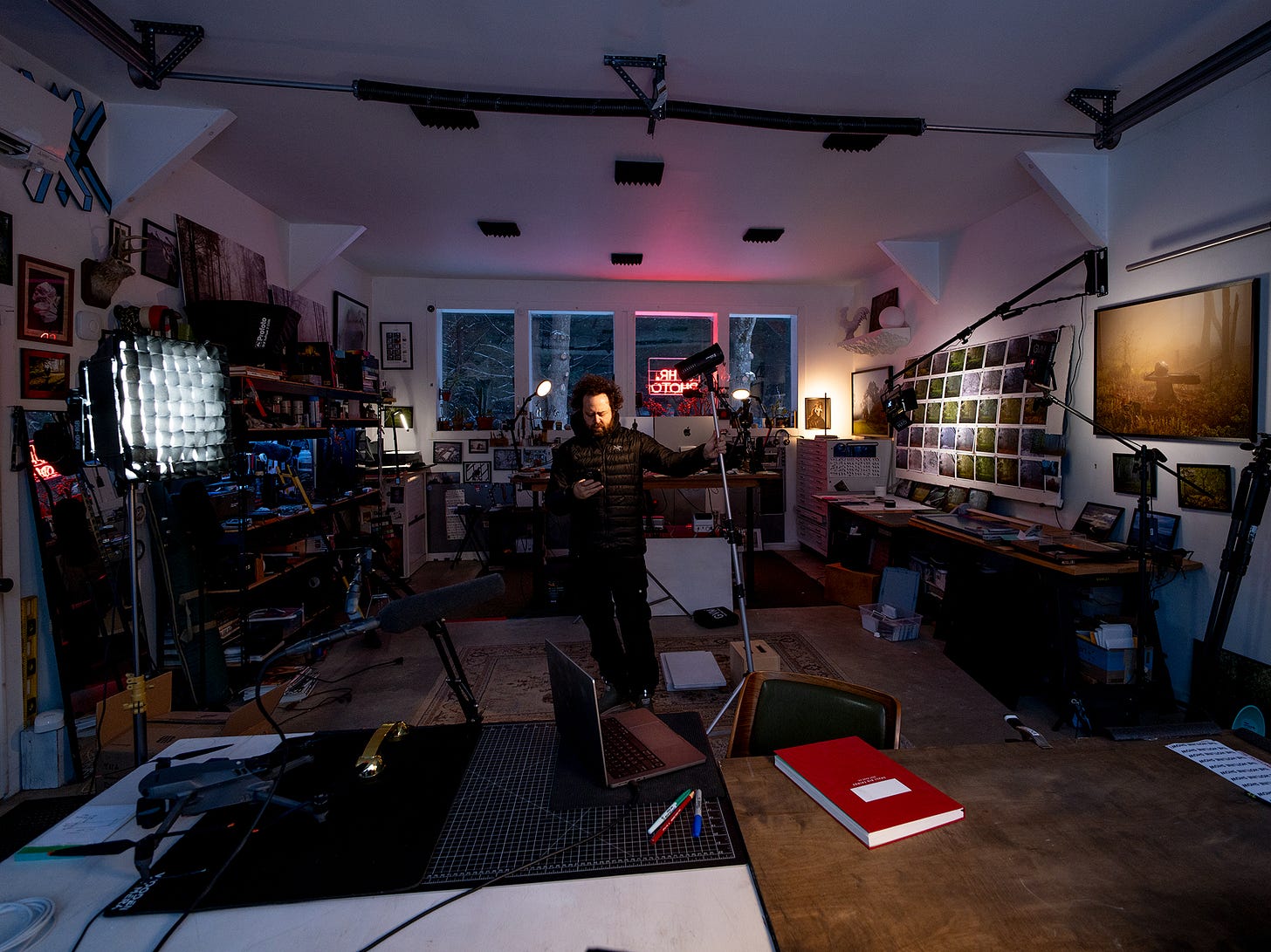
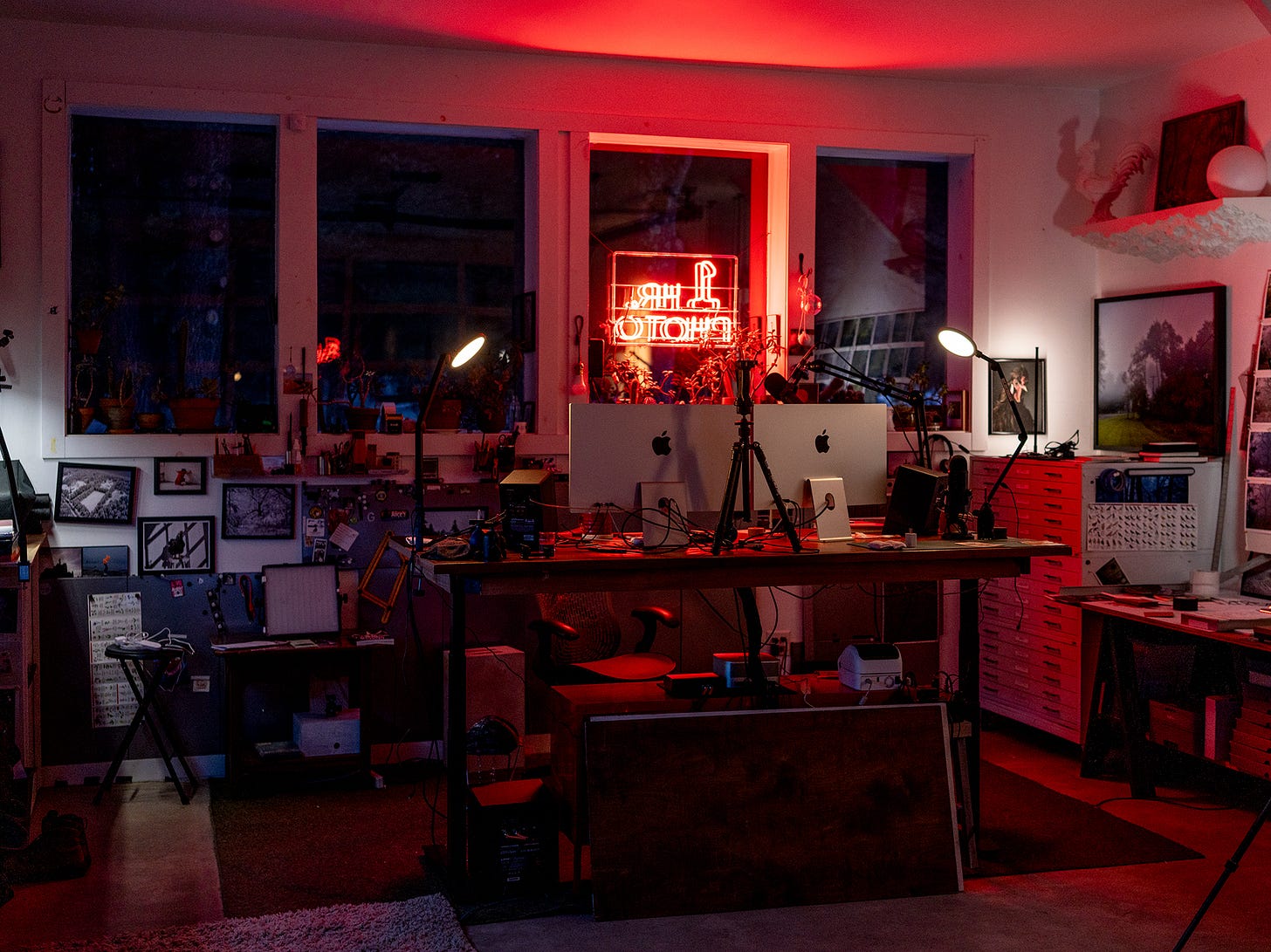
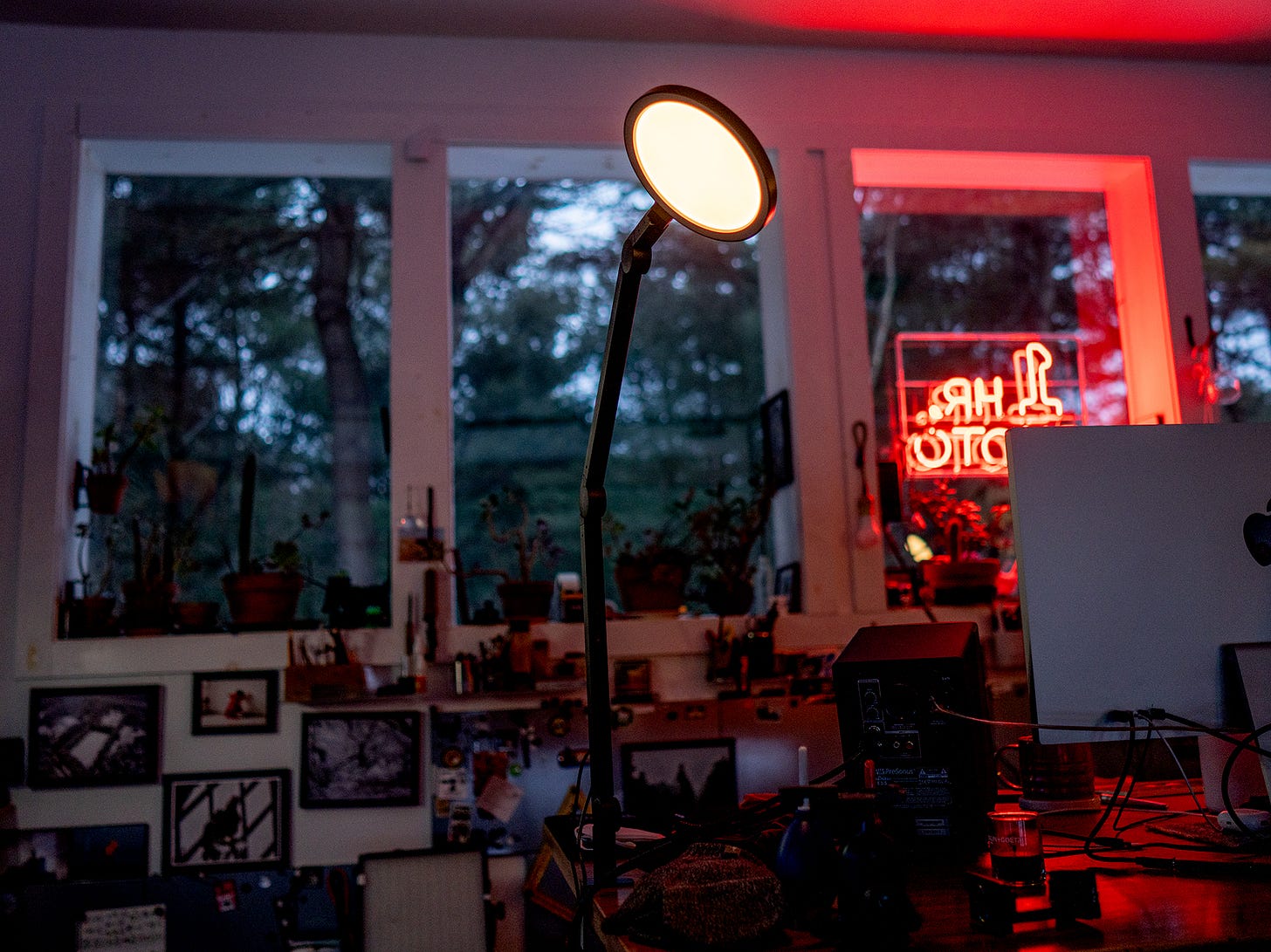
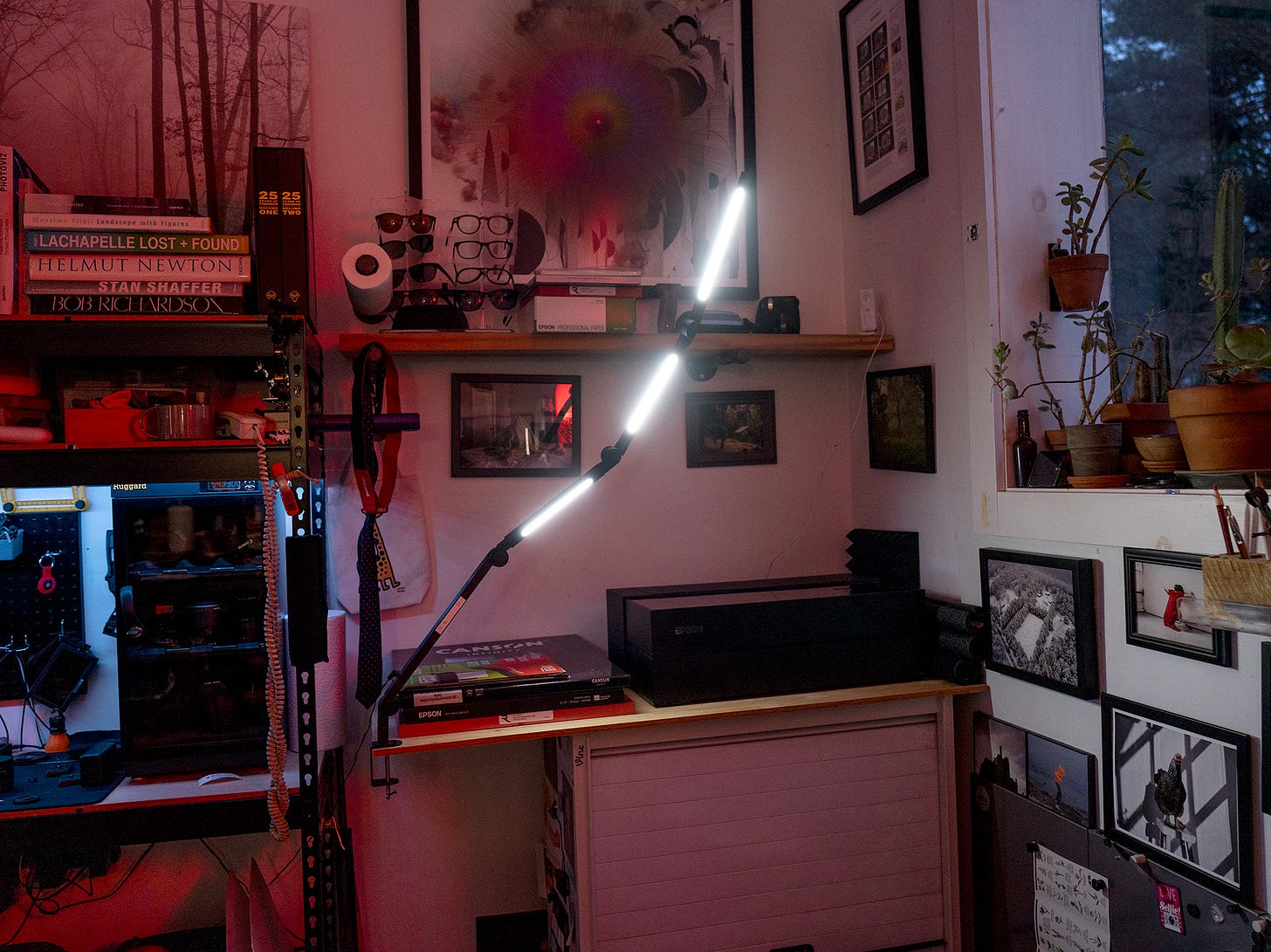
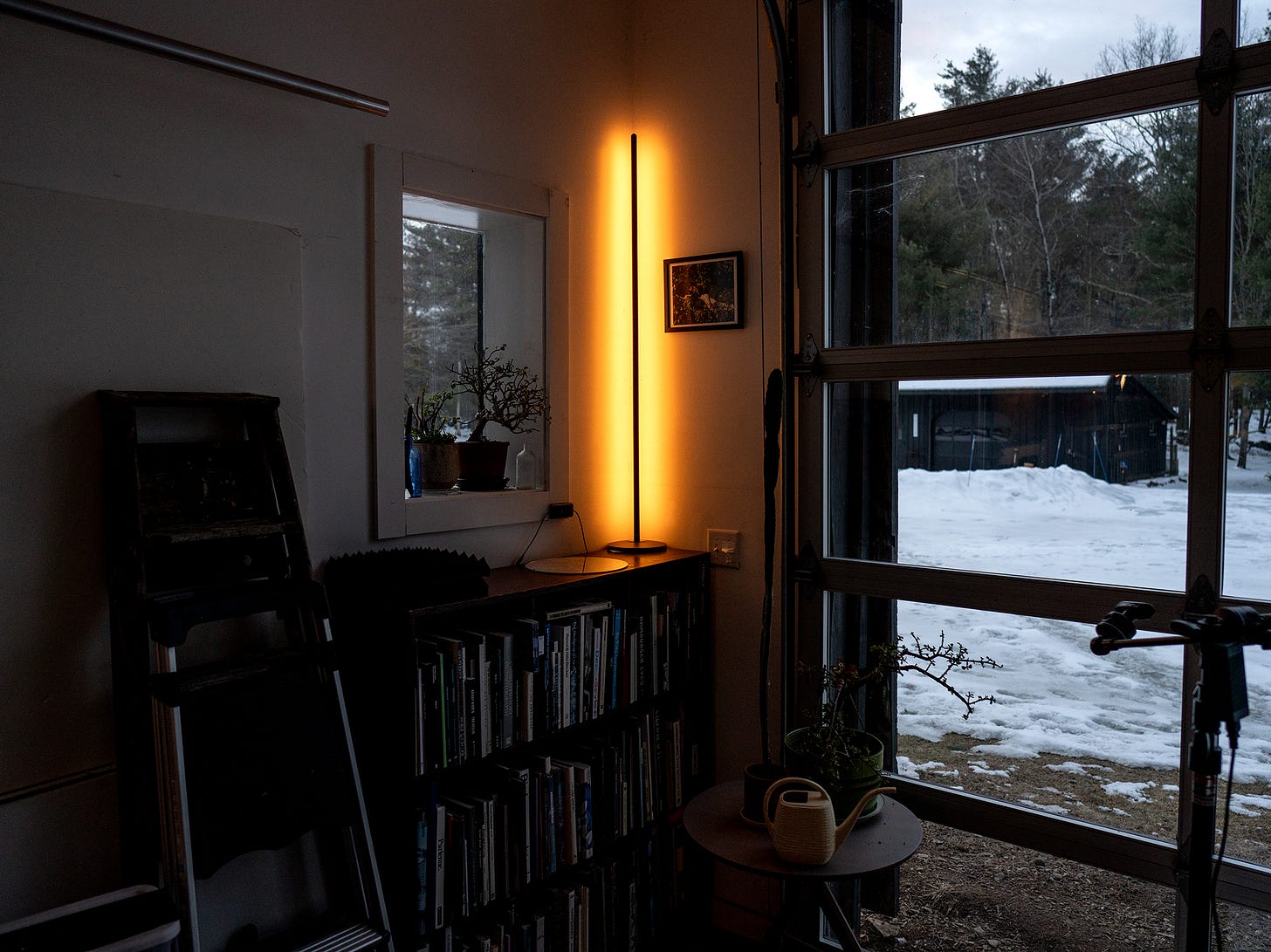


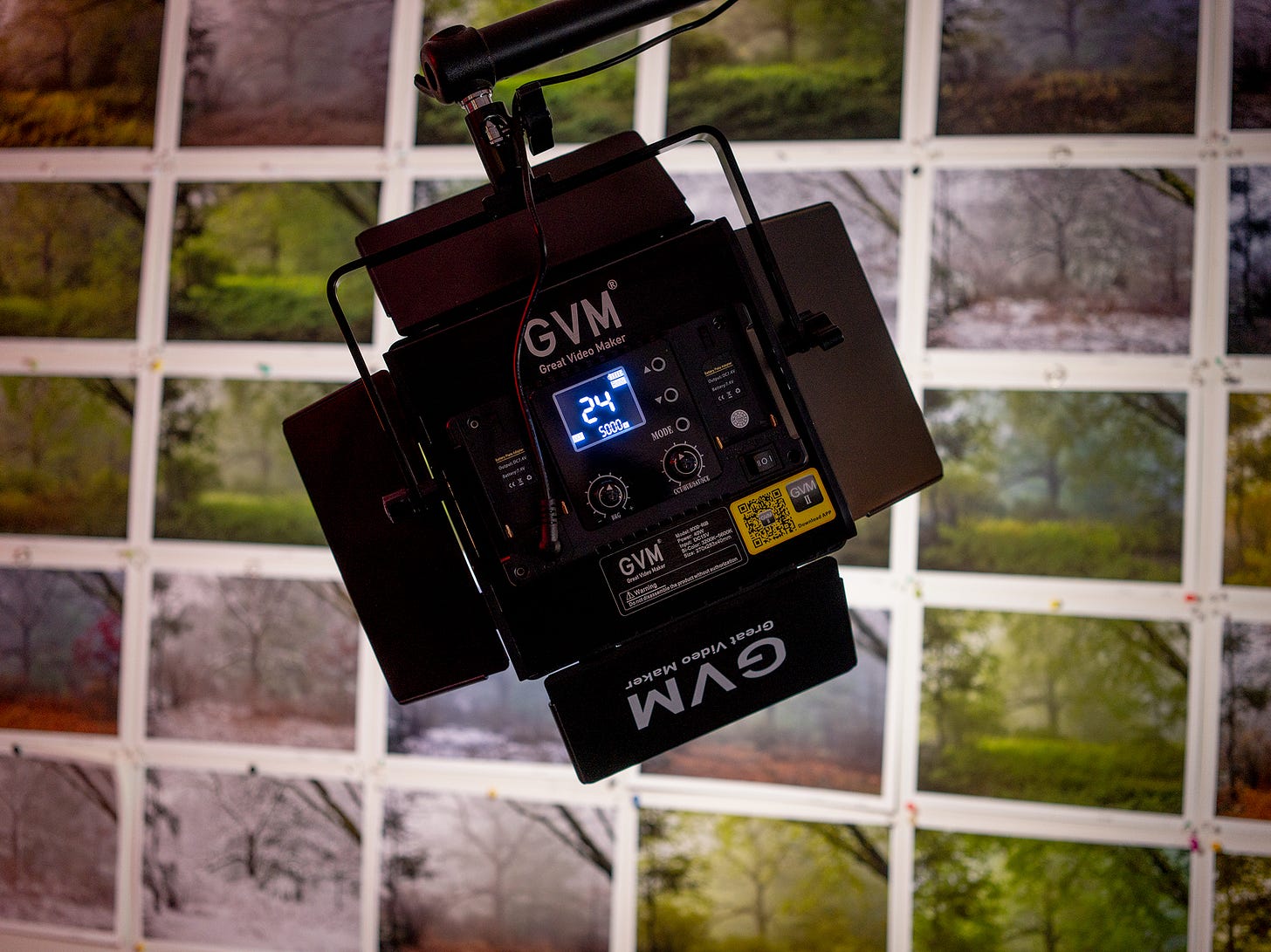

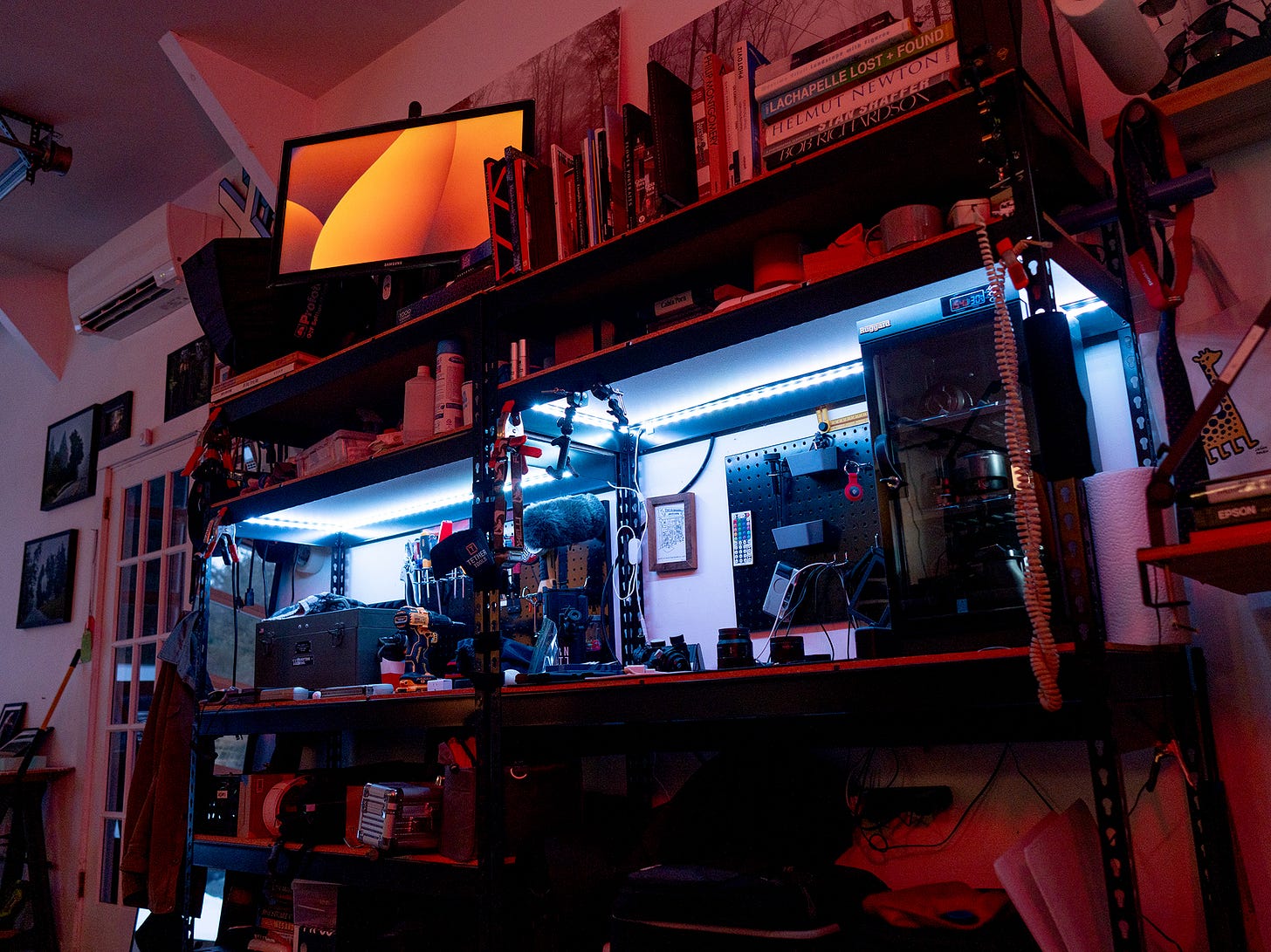

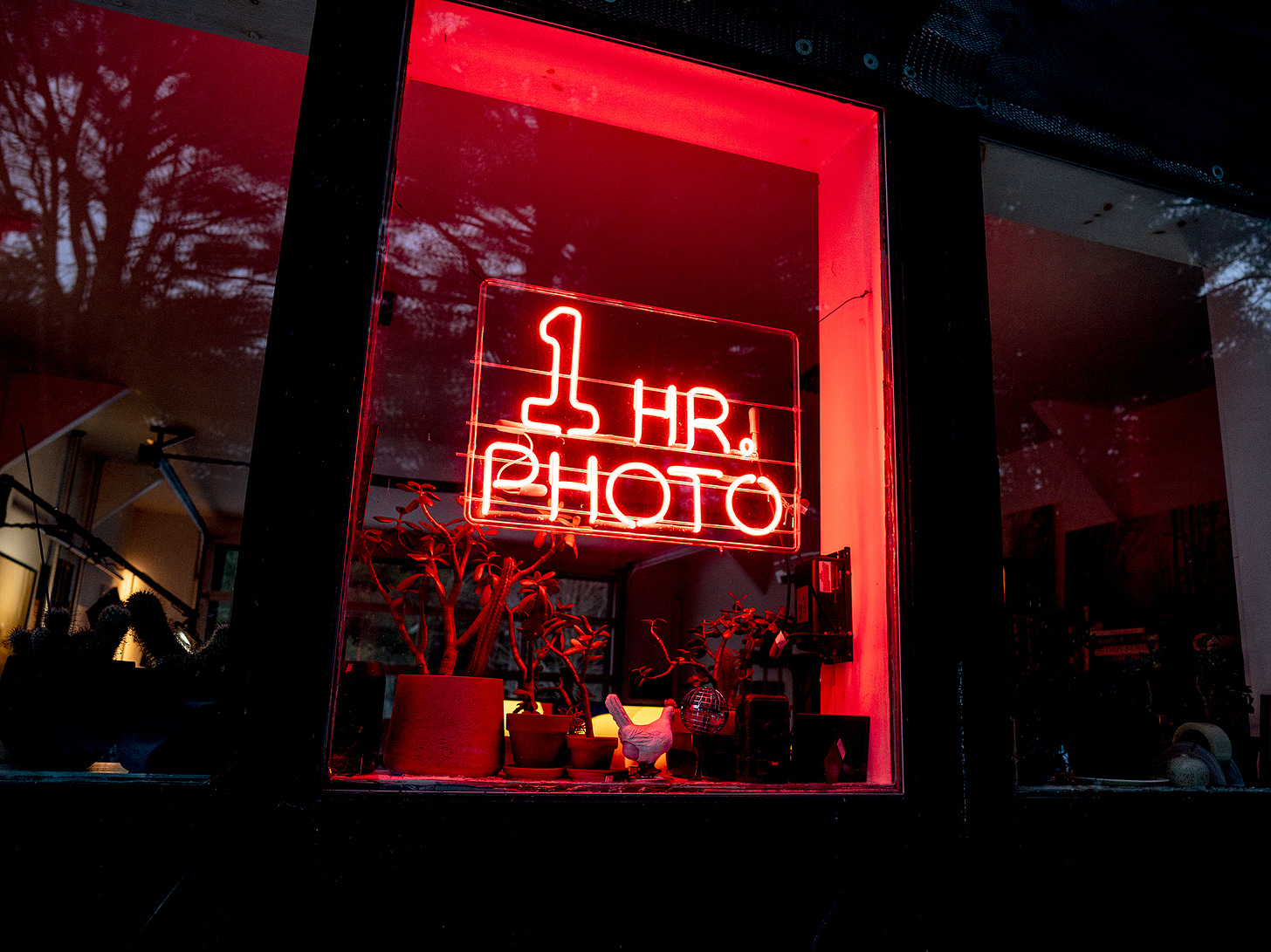
App controls for the simplest of things is maddening. And the lack of buttons, come on!
I knew this newsletter would be expensive the moment I saw it in my inbox. Enjoy the $0.03, affiliate!
That Treeline image is killer, they should send you all of the lights.